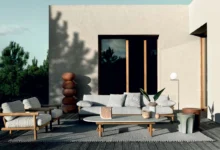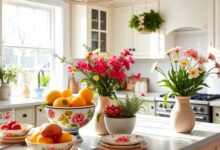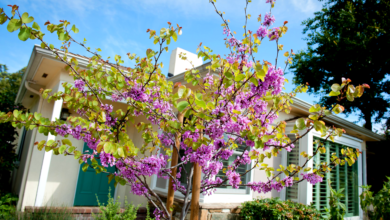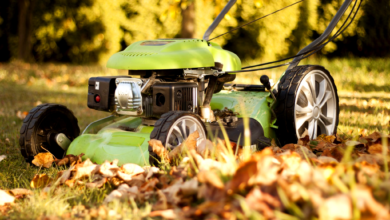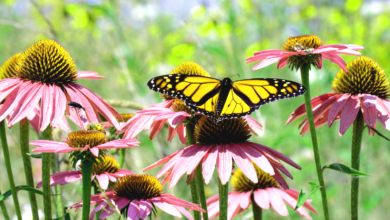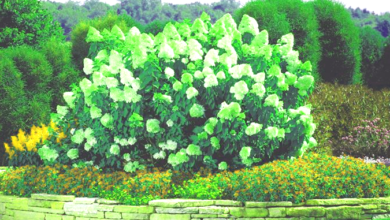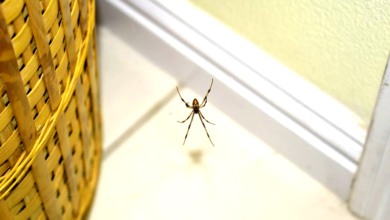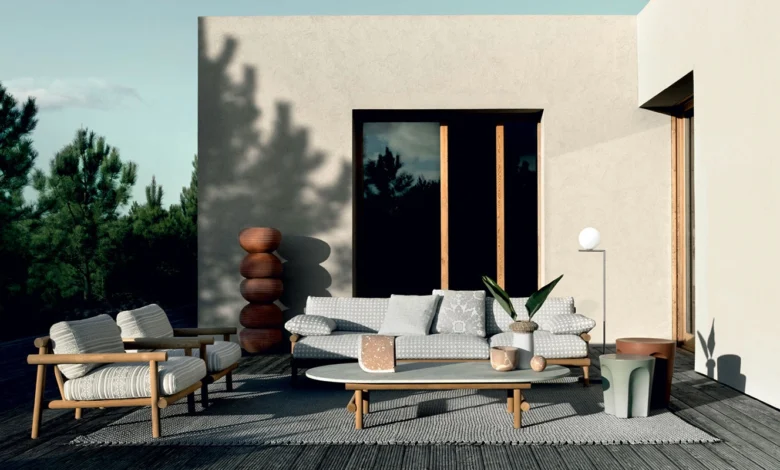
The evolution of outdoor living spaces has transformed from simple patios and basic grilling areas into sophisticated extensions of our homes. In 2025, homeowners are embracing innovative outdoor living trends that blur the lines between indoor comfort and natural beauty, creating multifunctional spaces that serve as personal retreats, entertainment hubs, and wellness sanctuaries.
Modern backyard design has shifted toward creating comprehensive outdoor environments that reflect our changing lifestyle priorities. The pandemic fundamentally altered how we view our homes, making outdoor spaces more valuable than ever. Today’s homeowners seek outdoor living areas that offer versatility, sustainability, and year-round functionality while maintaining aesthetic appeal and increasing property value.
The focus has evolved beyond traditional entertaining spaces to include wellness-focused outdoor areas, with homeowners designing serene spaces for yoga, meditation, and spa-like experiences. According to industry experts, 62% mark drought-tolerant, water-wise planting as the top landscaping trend, demonstrating the growing emphasis on environmental consciousness in outdoor design.
Contemporary outdoor design now incorporates smart technology, sustainable materials, and biophilic elements that connect us with nature. From luxury outdoor spaces featuring full kitchen setups to minimalist meditation gardens, the trends for 2025 reflect our desire for spaces that nurture both body and soul.
These evolving outdoor space ideas represent a significant shift toward creating outdoor environments that serve as true extensions of our living spaces, offering comfort, functionality, and beauty in equal measure. Whether you’re planning a complete backyard transformation or seeking inspiration for smaller updates, understanding these emerging trends will help you create an outdoor living space that enhances your lifestyle while adding substantial value to your modern home.
Wellness-Focused Outdoor Retreats
Creating Spa-Like Outdoor Experiences
Homeowners are increasingly turning their outdoor spaces into spa-like escapes, incorporating features like hot tubs, cold plunges, and saunas that were previously private experiences. Wellness outdoor spaces have become a dominant trend in modern outdoor living, reflecting our growing emphasis on mental health and self-care.
The integration of wellness elements transforms ordinary backyards into therapeutic environments. Outdoor spa areas now feature heated pools with therapeutic jets, Finnish-style saunas, and meditation zones surrounded by aromatic plants. These spaces often include natural materials like stone and wood to enhance the connection with nature, creating environments that promote relaxation and stress relief.
Yoga and Meditation Spaces
Outdoor meditation areas are gaining popularity as homeowners seek dedicated spaces for mindfulness practices. These areas typically feature weatherproof yoga platforms, built-in seating for quiet reflection, and strategic landscaping that provides privacy and acoustic buffering from neighborhood noise.
Successful outdoor wellness design incorporates elements like bamboo screens for privacy, water features for ambient sound, and carefully selected plantings that engage the senses. Lavender, jasmine, and other aromatic plants create a multisensory experience that enhances meditation and relaxation practices.
Sustainable and Eco-Friendly Design
Water-Wise Landscaping and Native Plants
Drought-tolerant, water-wise planting leads landscaping trends in 2025, with experts marking it as the top priority. Sustainable outdoor living focuses on creating beautiful spaces that require minimal water and maintenance while supporting local ecosystems.
Eco-friendly outdoor design emphasizes native plant selections that thrive in local climate conditions. These plantings reduce water consumption, eliminate the need for chemical fertilizers, and provide habitat for beneficial insects and wildlife. Xeriscaping techniques combine drought-resistant plants with permeable hardscaping materials to create visually striking landscapes that remain beautiful throughout the seasons.
Recycled and Sustainable Materials
Composite decking made from recycled materials is becoming a leading choice for homeowners who want to reduce maintenance and environmental impact without sacrificing aesthetics. Sustainable outdoor materials include reclaimed wood, recycled plastic lumber, and locally sourced stone that minimize environmental impact while providing durability and beauty.
Green outdoor living incorporates solar-powered lighting, rainwater collection systems, and permeable paving materials that reduce runoff and support groundwater recharge. These elements combine functionality with environmental responsibility, creating outdoor spaces that align with contemporary sustainability values.
Multi-Functional Outdoor Kitchen Spaces
Complete Outdoor Culinary Setups
In 2025, expect more homes to have full outdoor cooking setups that go far beyond the traditional grill, including stoves, brick ovens, sinks, and countertops for food preparation. Outdoor kitchen design has evolved to include comprehensive cooking facilities that rival indoor kitchens in functionality and style.
Modern outdoor kitchen spaces feature weather-resistant appliances, ample storage solutions, and prep areas that make outdoor cooking convenient and enjoyable. High-end installations include pizza ovens, smokers, refrigeration, and even dishwashing facilities, creating true outdoor culinary centers that support elaborate meal preparation and entertainment.
Smart Outdoor Cooking Technology
Smart outdoor kitchens incorporate Wi-Fi-enabled grills, automated irrigation systems for herb gardens, and integrated sound systems for entertainment. These technological additions enhance the cooking experience while maintaining the relaxed atmosphere that makes outdoor dining special.
The integration of technology extends to weather monitoring systems that protect outdoor kitchen investments and automated covers that shield appliances from the elements. High-tech outdoor living solutions ensure that outdoor kitchens remain functional and protected year-round.
Biophilic Design and Natural Integration
Living Walls and Vertical Gardens
Nature-inspired design is very on trend for 2025, incorporating greenery, water features, and organic textures to blur the lines between indoors and outdoors, with vertical gardens and living walls being popular implementations. Biophilic outdoor design creates immersive natural experiences that provide psychological and environmental benefits.
Vertical garden systems maximize green space in compact areas while creating dramatic visual focal points. These installations can include edible plants, flowering species, and air-purifying varieties that contribute to both beauty and functionality. Automated irrigation systems make maintenance manageable while ensuring optimal plant health.
Water Features and Natural Elements
Water feature integration ranges from simple fountains to elaborate stream systems that create natural soundscapes and cooling effects. These elements support outdoor biophilic design by introducing the calming sounds and visual appeal of moving water while supporting local wildlife and creating microclimates that enhance comfort.
Natural stone pathways, boulder seating areas, and organic-shaped planting beds reinforce the connection between built and natural environments. Nature-integrated outdoor spaces feel less constructed and more like natural extensions of the surrounding landscape.
Color Trends and Aesthetic Elements

Earth Tones and Natural Palettes
Pantone’s Color of the Year for 2025 is Mocha Mousse, a rich and velvety shade that combines the warmth of brown with the sophistication of gray. Outdoor color trends emphasize earth tones that complement natural materials and create cohesive design schemes.
Modern outdoor aesthetics incorporate warm browns, soft grays, and muted greens that provide sophisticated backdrops for outdoor furniture and plantings. Trending exterior colors for 2025 include vintage convivial yellow, soft blues, earthy greens, and rich plums and reds, offering homeowners diverse options for creating personalized outdoor environments.
Bold Accent Colors and Statement Pieces
While earth tones dominate base palettes, outdoor design color schemes benefit from strategic use of bold accent colors in furniture, cushions, and decorative elements. Teal, vibrant yellows, and deep blues create visual interest without overwhelming natural settings.
Contemporary outdoor styling balances neutral foundations with carefully selected colorful elements that can be easily updated to reflect seasonal changes or evolving preferences. This approach provides flexibility while maintaining sophisticated aesthetic appeal.
Climate-Resilient Design Solutions
Weather-Resistant Materials and Structures
Climate-resilient outdoor living addresses changing weather patterns through strategic material selection and structural design. Powder-coated metals, marine-grade fabrics, and UV-resistant plastics ensure that outdoor investments withstand environmental challenges while maintaining appearance and functionality.
Durable outdoor materials include composite decking that resists moisture, fading, and temperature fluctuations, along with aluminum and stainless steel fixtures that provide longevity without requiring frequent maintenance. These materials support weather-resistant outdoor design that remains beautiful and functional across seasons.
Adaptive Outdoor Structures
Retractable awnings, adjustable pergolas, and modular furniture systems allow outdoor spaces to adapt to changing weather conditions and usage requirements. Flexible outdoor living designs accommodate everything from intimate family dinners to large gatherings, with structures that can be modified as needed.
All-season outdoor spaces incorporate heating elements, wind protection, and drainage solutions that extend usability beyond traditional outdoor seasons. These features support year-round enjoyment while protecting investments from weather-related damage.
Technology Integration in Outdoor Spaces
Smart Irrigation and Lighting Systems
Smart outdoor technology includes automated irrigation systems that adjust watering schedules based on weather conditions, soil moisture, and plant requirements. These systems reduce water waste while ensuring optimal plant health and reducing maintenance demands.
LED lighting systems with programmable controls create ambiance while providing security and extending outdoor usability into evening hours. Outdoor smart home integration allows homeowners to control lighting, irrigation, and even music systems through smartphone apps, creating seamless outdoor experiences.
Entertainment and Connectivity Solutions
Outdoor entertainment technology encompasses weather-resistant sound systems, outdoor televisions with anti-glare screens, and Wi-Fi network extensions that support outdoor connectivity. These additions transform outdoor spaces into comprehensive entertainment environments suitable for both casual relaxation and formal gatherings.
Charging stations integrated into outdoor furniture and weather-resistant electrical outlets ensure that outdoor spaces support modern connectivity requirements without compromising aesthetic appeal or safety standards.
Small Space Outdoor Solutions
Maximizing Compact Areas
Small outdoor space design focuses on multi-functional furniture, vertical growing systems, and strategic layout planning that maximizes utility in limited areas. Folding furniture, hanging planters, and compact water features allow small patios and balconies to incorporate trending design elements.
Urban outdoor living solutions include container gardens that can be rearranged seasonally, modular seating systems that serve multiple functions, and space-saving storage solutions that maintain clean, uncluttered appearances in compact settings.
Vertical Design Strategies
Space-efficient outdoor design utilizes walls and vertical surfaces for both functional and decorative purposes. Vertical herb gardens, wall-mounted seating, and overhead storage solutions create functional outdoor environments without requiring significant floor space.
Compact outdoor living benefits from optical illusions created through strategic mirror placement, light-colored surfaces, and continuous flooring materials that create the appearance of larger spaces while maintaining functionality.
Luxury Features and High-End Elements
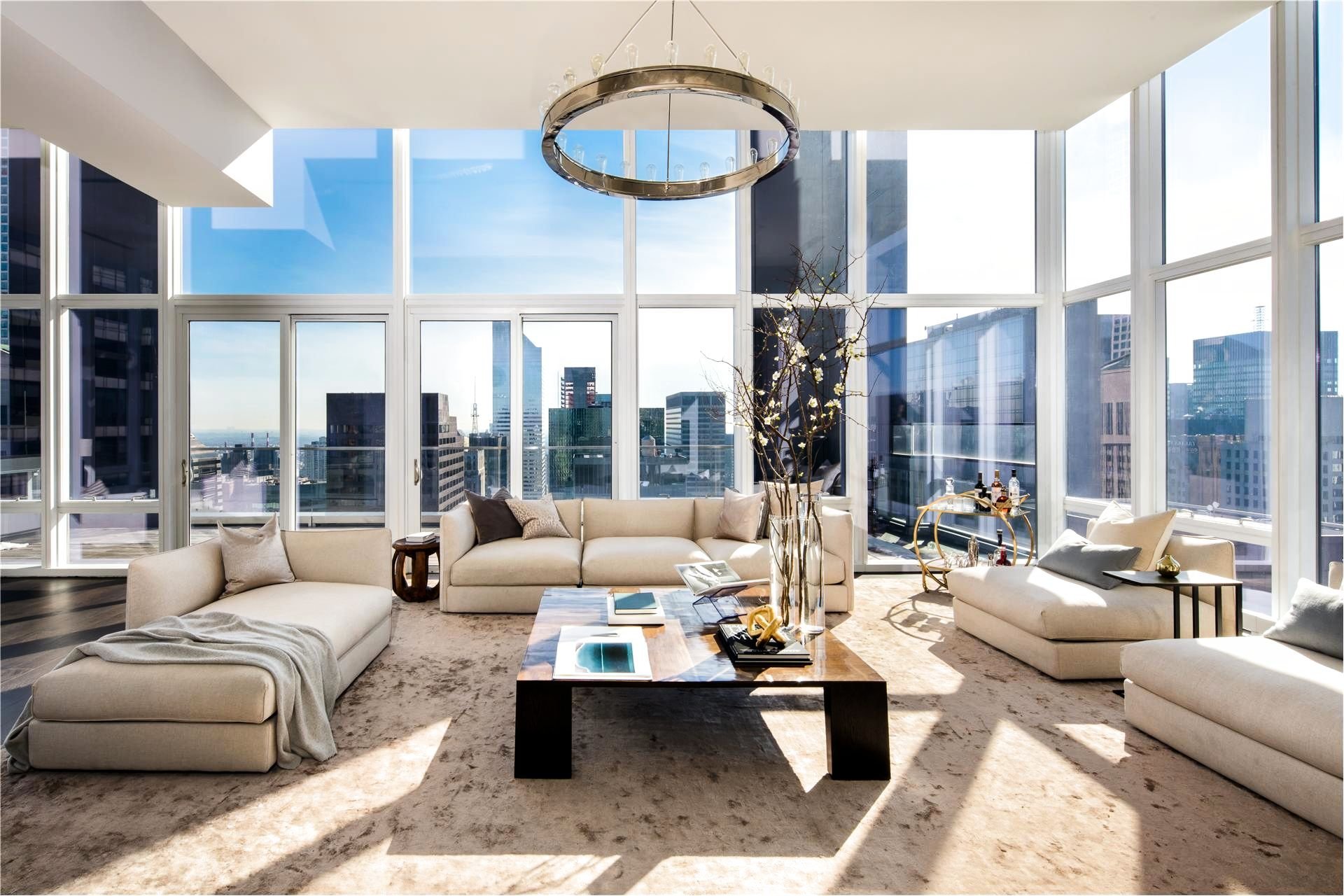
Premium Materials and Finishes
Luxury outdoor living incorporates high-end materials like natural stone, exotic hardwoods, and premium metals that create sophisticated environments rivaling indoor luxury spaces. These materials provide longevity and aesthetic appeal that justify their premium costs through durability and timeless style.
High-end outdoor design features custom-built furniture, artisan-crafted decorative elements, and professional landscape design that creates cohesive, resort-like environments. These investments transform ordinary outdoor spaces into extraordinary lifestyle enhancements.
Integrated Pool and Water Features
Luxury pool design goes beyond traditional rectangular pools to include infinity edges, integrated spas, and naturalistic water features that blend with landscape design. These installations create focal points that enhance both property value and lifestyle quality.
Premium outdoor water features range from sophisticated fountain systems to elaborate koi ponds with integrated filtration and lighting systems. These elements support luxury outdoor aesthetics while providing the relaxing benefits of moving water.
Future-Forward Design Predictions
Emerging Technologies and Trends
Future outdoor living trends will likely incorporate augmented reality planning tools, advanced weather prediction integration, and even more sophisticated automation systems that anticipate user needs and adjust outdoor environments accordingly.
Next-generation outdoor design may include integrated renewable energy systems, advanced water recycling technologies, and smart materials that respond to environmental conditions automatically, creating outdoor spaces that are both luxurious and environmentally responsible.
Evolving Lifestyle Integration
Progressive outdoor living will continue to blur the boundaries between indoor and outdoor spaces through improved materials, advanced climate control systems, and seamless technology integration that supports year-round outdoor lifestyle adoption.
Innovative outdoor spaces will likely incorporate health monitoring systems, air quality management, and personalized environmental controls that adapt to individual preferences and health requirements, making outdoor living an integral part of comprehensive wellness strategies.
More Read: Top Landscaping Trends for 2025: What’s Hot in Outdoor Design
Conclusion
The best outdoor living trends for modern homes in 2025 reflect our evolving relationship with outdoor spaces, emphasizing wellness, sustainability, and technological integration. From spa-like outdoor retreats and comprehensive outdoor kitchens to climate-resilient designs and smart technology integration, these trends transform backyards into sophisticated extensions of our homes.
Sustainable materials, biophilic design elements, and multi-functional spaces address both environmental consciousness and practical lifestyle needs. Whether implementing water-wise landscaping, creating wellness-focused areas, or incorporating luxury features, successful outdoor living spaces combine aesthetic appeal with functional versatility.
These trending design approaches not only enhance daily living experiences but also significantly increase property values, making outdoor investments both personally rewarding and financially sound for modern homeowners seeking to maximize their outdoor living potential.
